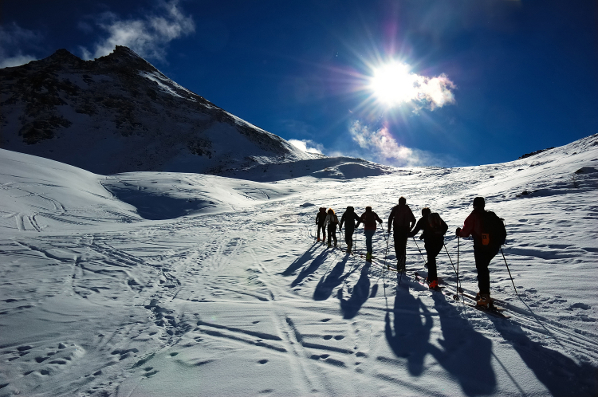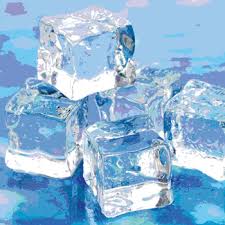Stamp: Tierra del Fuego (Argentina 1975)
Tierra del Fuego (Argentina 1975)
20 December (Argentina ) within release Argentine Provinces goes into circulation Stamp Tierra del Fuego face value 6 Argentine peso ley
| Stamp Tierra del Fuego in catalogues | |
|---|---|
| Gz (Cefiloza): | Gz: AR 1240A |
Stamp is horizontal format.
Also in the issue Argentine Provinces:
- Stamp - Chubut face value 6;
- Stamp - Santa Cruz face value 6;
- Stamp - Tierra del Fuego face value 6;
- Stamp - Tierra del Fuego face value 6;
- Stamp - Tierra del Fuego face value 6;
- Stamp - Chubut face value 6;
- Stamp - Santa Cruz face value 6;
- Stamp - Santa Cruz face value 6;
- Stamp - Chubut face value 6;
Stamp Tierra del Fuego it reflects the thematic directions:
Exploration is the process of exploring, an activity which has some expectation of discovery. Organised exploration is largely a human activity, but exploratory activity is common to most organisms capable of directed locomotion and the ability to learn, and has been described in, amongst others, social insects foraging behaviour, where feedback from returning individuals affects the activity of other members of the group.
Ice is water that is frozen into a solid state, typically forming at or below temperatures of 0 °C, 32 °F, or 273.15 K. As a naturally occurring crystalline inorganic solid with an ordered structure, ice is considered to be a mineral. Depending on the presence of impurities such as particles of soil or bubbles of air, it can appear transparent or a more or less opaque bluish-white color.
A lake is a naturally occurring, relatively large and fixed body of water on the Earth's surface. It is localized in a basin or interconnected basins surrounded by dry land. Lakes lie completely on land and are separate from the ocean, although they may be connected with the ocean by rivers, such as Lake Ontario. Most lakes are freshwater and account for almost all the world's surface freshwater, but some are salt lakes with salinities even higher than that of seawater. Lakes vary significantly in surface area and volume.
A landscape is the visible features of an area of land, its landforms and how they integrate with natural or man-made features. A landscape includes the physical elements of geophysically defined landforms such as (ice-capped) mountains, hills, water bodies such as rivers, lakes, ponds and the sea, living elements of land cover including indigenous vegetation, human elements including different forms of land use, buildings and structures, and transitory elements such as lighting and weather conditions. Combining both their physical origins and the cultural overlay of human presence, often created over millennia, landscapes reflect a living synthesis of people and place that is vital to local and national identity. The character of a landscape helps define the self-image of the people who inhabit it and a sense of place that differentiates one region from other regions. It is the dynamic backdrop to people’s lives. Landscape can be as varied as farmland, a landscape park, or wilderness. The earth has a vast range of landscapes, including the icy landscapes of polar regions, mountainous landscapes, vast arid desert landscapes, islands and coastal landscapes, densely forested or wooded landscapes including past boreal forests and tropical rainforests, and agricultural landscapes of temperate and tropical regions.




